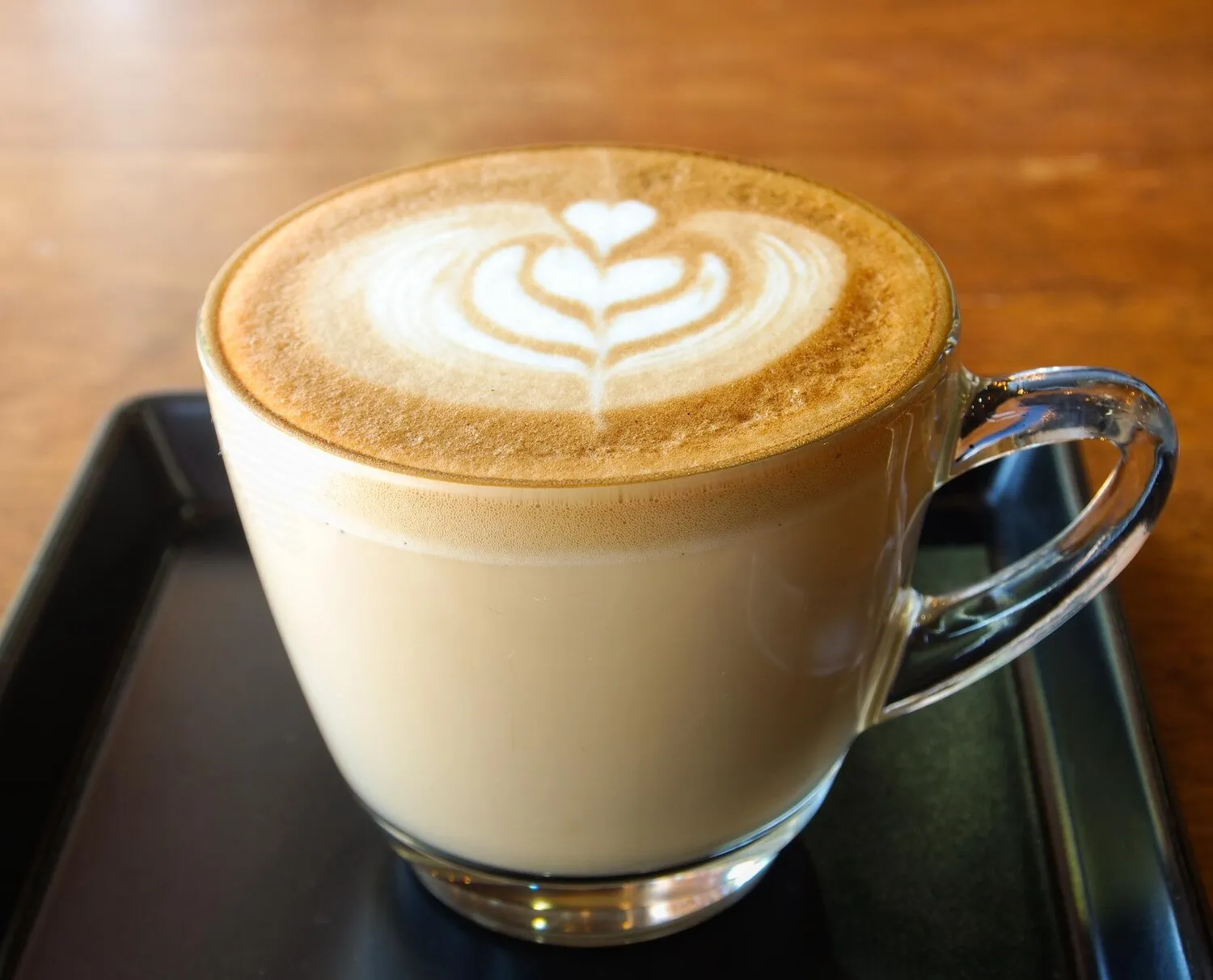
Cappuccino
Classic Italian coffee drink with espresso and steamed milk foam.
Nutrition Facts
* The % Daily Value (DV) tells you how much a nutrient in a serving of food contributes to a daily diet. 2,000 calories a day is used for general nutrition advice.
The cappuccino evolved from the Viennese 'Kapuziner' coffee in the 18th century, which included coffee with cream and sugar. The Italian cappuccino, as we know it today, emerged in the early 20th century with the advent of espresso machines. The name refers to the resemblance of the drink's color to the robes of Capuchin monks.
The cappuccino is deeply ingrained in Italian coffee culture and is typically enjoyed in the morning, often with a pastry. It's considered a breakfast drink and is less commonly consumed after 11 AM.
Morning Ritual
In Italy, cappuccino is almost exclusively consumed in the morning, often as part of a breakfast ritual at a local bar. It is usually paired with a cornetto (Italian croissant) or other pastry.
Social Aspect
Enjoying a cappuccino at a bar is a social activity, a quick stop for coffee and conversation with friends or colleagues before starting the day.
Coffee Art
Latte art, the creation of patterns and designs on the foam's surface, is a common practice and reflects the barista's skill and attention to detail. It enhances the visual appeal of the drink.
The cappuccino offers a balanced blend of rich espresso, sweet steamed milk, and airy milk foam, creating a delightful textural and flavor experience.
The primary flavor is the intense, slightly bitter taste of espresso, providing a bold coffee kick. This is softened and sweetened by the addition of steamed milk, which adds a creamy texture and subtle sweetness. The milk foam on top provides a light, airy contrast to the richer flavors below. Some variations include dusting the foam with cocoa powder or cinnamon for added aroma and a touch of spice.
Espresso Quality
Use freshly roasted, high-quality espresso beans and a properly calibrated espresso machine to ensure a rich and flavorful base for the cappuccino.
Milk Steaming Technique
Properly steam the milk to create microfoam - tiny, velvety bubbles - that are evenly distributed throughout the milk. Avoid creating large, frothy bubbles, as this will result in a less desirable texture.
Proportion is Key
The traditional ratio for a cappuccino is 1/3 espresso, 1/3 steamed milk, and 1/3 milk foam. Adjust the proportions to your personal preference, but maintain the balance for the best flavor.
Serving Temperature
Serve the cappuccino immediately after preparation to ensure it is hot and the foam is at its peak. A lukewarm cappuccino is a disappointment.
Explore additional Coffee dishes and restaurants
Explore CoffeeDiscover top dining spots and culinary experiences in St. Gallen.
Explore St. GallenLearn more about the food culture, restaurant scene, and culinary heritage of Switzerland.
Explore Switzerland